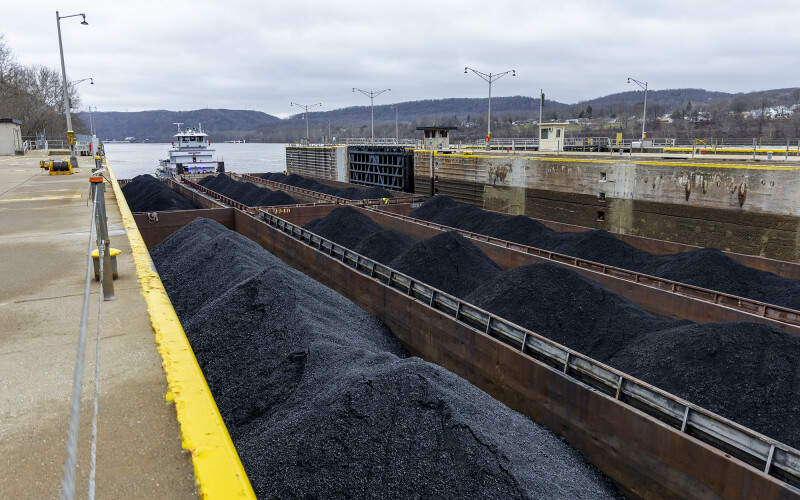For the last 11 fiscal years, Congress has provided an additional $5.1 billion above the president’s annual budget requests for the inland waterways’ construction program. Despite this significant financial investment from both the taxpayers and the users of the inland waterways, the only completed project is Olmsted Lock and Dam. Currently, there are six active navigation construction projects, five projects in active design, and eight projects awaiting funding to begin design.
Fiscal Year (FY) 2025 presents an opportunity for the inland waterways’ construction program. As you can see above, there are a total of 19 authorized construction projects that are all critical to the nation’s economy. If constructed, these projects will enable U.S. shippers to compete, both domestically and in the world marketplace. Congress, in both the House and Senate Energy and Water Appropriations bills, provided $423 million for inland waterways’ construction in FY25. However, due to a reduction in the amount of funding provided for the Army Corps of Engineers’ program in FY25 through the continuing resolution process, inland waterways construction projects are at risk of being delayed or halted if the Corps decides to ignore inland waterways construction.
Failure to fund Montgomery Lock on the Ohio River at $205 million in FY25 will spur a backlog of construction funding of over $1 billion in FY27 alone to fund ongoing construction efficiently. Expecting $1 billion through annual appropriations in any fiscal year for this program is exceedingly ambitious. The absence of funding in FY25 will result in project cost increases and significantly delayed operational dates. There is an opportunity in FY25 and FY26 for the Corps to fund work at Montgomery Lock and Chickamauga Lock on the Tennessee River to completion, respectively, which would pave the way to ensure completion of Kentucky Lock (Tennessee River) and start construction of Lock and Dam 25 (Mississippi River) in FY27.
The Corps now has the option of funding Montgomery Lock at $205 million, setting up for success the inland waterways construction program in the future. Leaving Montgomery Lock out of the FY25 Work Plan would set the entire program back several years, perhaps even a decade or more. For the U.S. economy, U.S. shippers, U.S. competitiveness abroad, for a victory for American ingenuity, and our Nation’s return to building infrastructure, the choice is clear.




